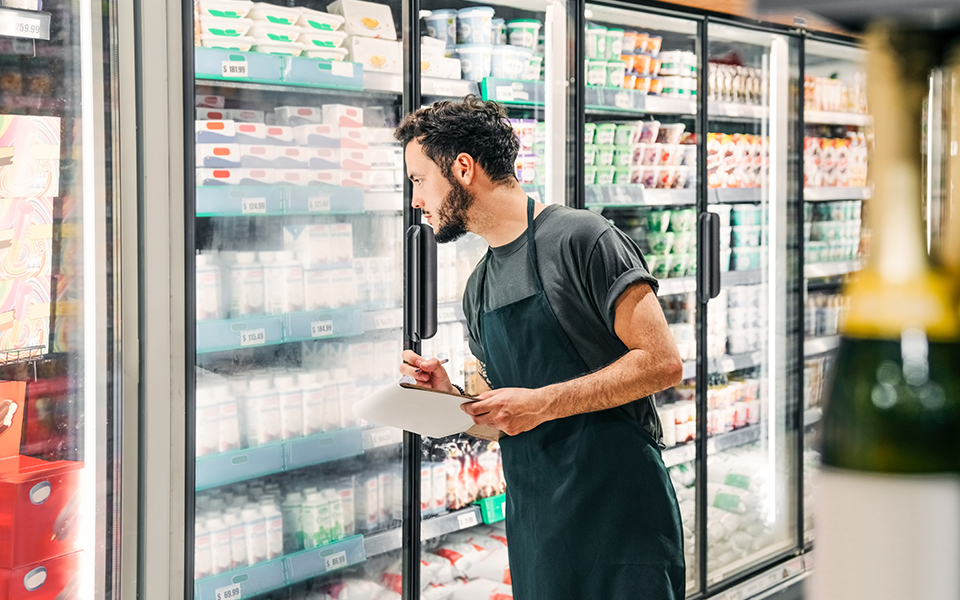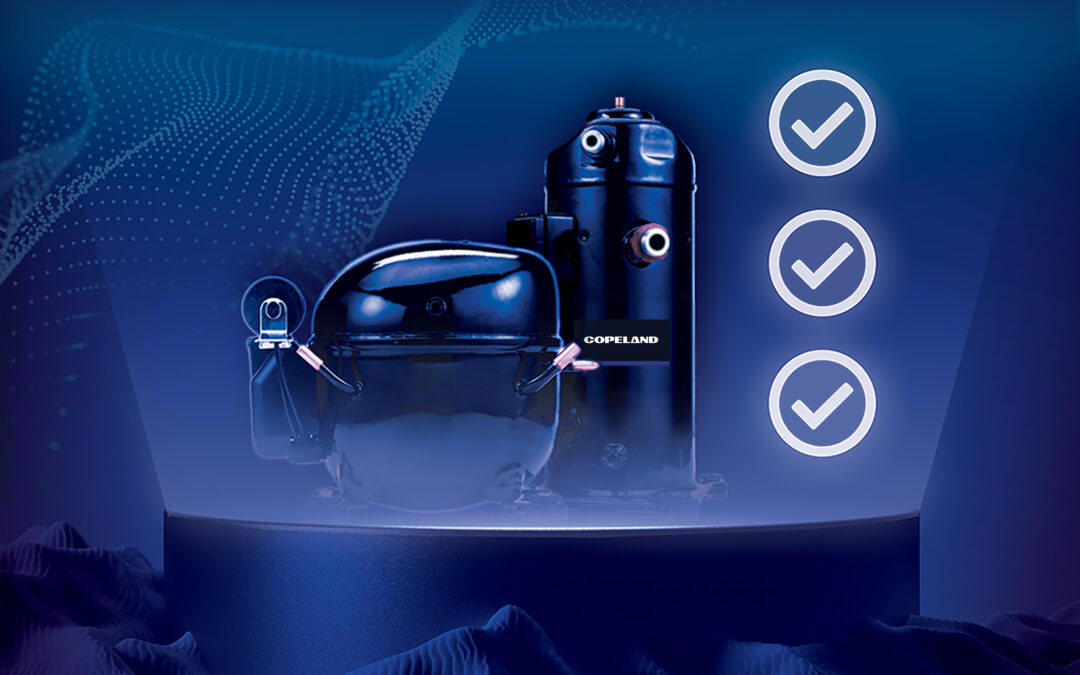*On June 1, 2023 Emerson’s Climate Technologies business became a new standalone company – Copeland. Though our name has changed, we are building on more than a century of HVACR innovation and industry leadership, and Copeland continues to offer the same products, industry stewardship, and learning opportunities you’ve grown to trust. Information found on this webpage posted before June 1, 2023 may contain our old name or branding, but you can be at ease knowing it was created with the knowledge and expertise of Copeland.

In my previous blog, I explained why CO2 and ammonia (aka NH3) refrigerant technologies are crossing over into each other’s traditional market spaces, i.e., CO2 making its way into industrial settings and low-charge ammonia systems in use in commercial applications.
As regulatory compliance concerns and sustainability objectives drive end users toward natural refrigerants, original equipment manufacturers (OEMs) are responding with new innovations that draw from traditional CO2 and ammonia architectures.
Let’s look at some innovations that are indicative of this convergence.
NH3/CO2 cascade — Ammonia in commercial refrigeration
Owners of large (+100-ton) commercial HFC systems are now considering implementing smaller, lower-charge NH3/CO2 cascade systems. In turn, some industrial OEMs are expanding their product portfolios to target the emerging niche for natural, energy-efficient systems in commercial refrigeration. These NH3/CO2 cascade systems are designed to operate with very low charges of ammonia (100 pounds or less) on the high side of the refrigeration cycle (in a remote location, e.g., the roof) to chill the CO2 sent out to the cases in a store.
CO2 transcritical booster — CO2 in industrial refrigeration
CO2 offers a documentation-free refrigeration alternative to long-time operators of large-charge ammonia systems. Commercial OEMs with CO2 expertise are answering the call for CO2 transcritical booster systems, which have proved viable in cooler regions. This system utilizes several compressors in parallel to meet the desired cooling requirement. CO2 blast freezers are also effective in low temperatures, especially below -40 °F.
Smaller-platform applications for ammonia
Both commercial and industrial operators with smaller facilities have a variety of low-charge ammonia options from which to choose to meet their cooling requirements and sustainability goals:
-
- NH3low-charge centralized — this remote, distributed architecture is designed to reduce the liquid line length and subsequent refrigerant charge.
- NH3direct expansion — available in distributed or remote varieties, this system requires the circulation of much less refrigerant.
- NH3chiller with pumped CO2 secondary — ammonia chills CO2 (volatile brine), which is then pumped into the refrigerated areas.
- NH3chiller with pumped CO2 secondary, plus CO2 cascade — combines an NH3 chiller that provides the medium-temperature load via a CO2 secondary design, plus a CO2 cascade system for the low-temperature side.
This convergence also proves that operators of commercial and industrial facilities have more in common than they realize. Both are trying to balance capital expenditures, total cost of ownership and sustainability objectives in their selection of refrigeration systems. So, the blurring of lines between CO2 and ammonia technologies in these markets is ultimately beneficial to all involved.
Read the full Accelerate America article on the convergence of ammonia and CO2 technologies [pg.16].

Electrical component considerations for A2L system safety
Electrical component considerations for A2L system safety As a new refrigerant category in the...

A2L refrigerant regulation updates: what you need to know today
Preparing for the approval and safe use of A2Ls in commercial refrigeration applications The move...

Address Efficiency Mandates with Compression Technologies
Strategies for complying with DOE and ENERGY STAR® in self-contained and remote condensing units...
